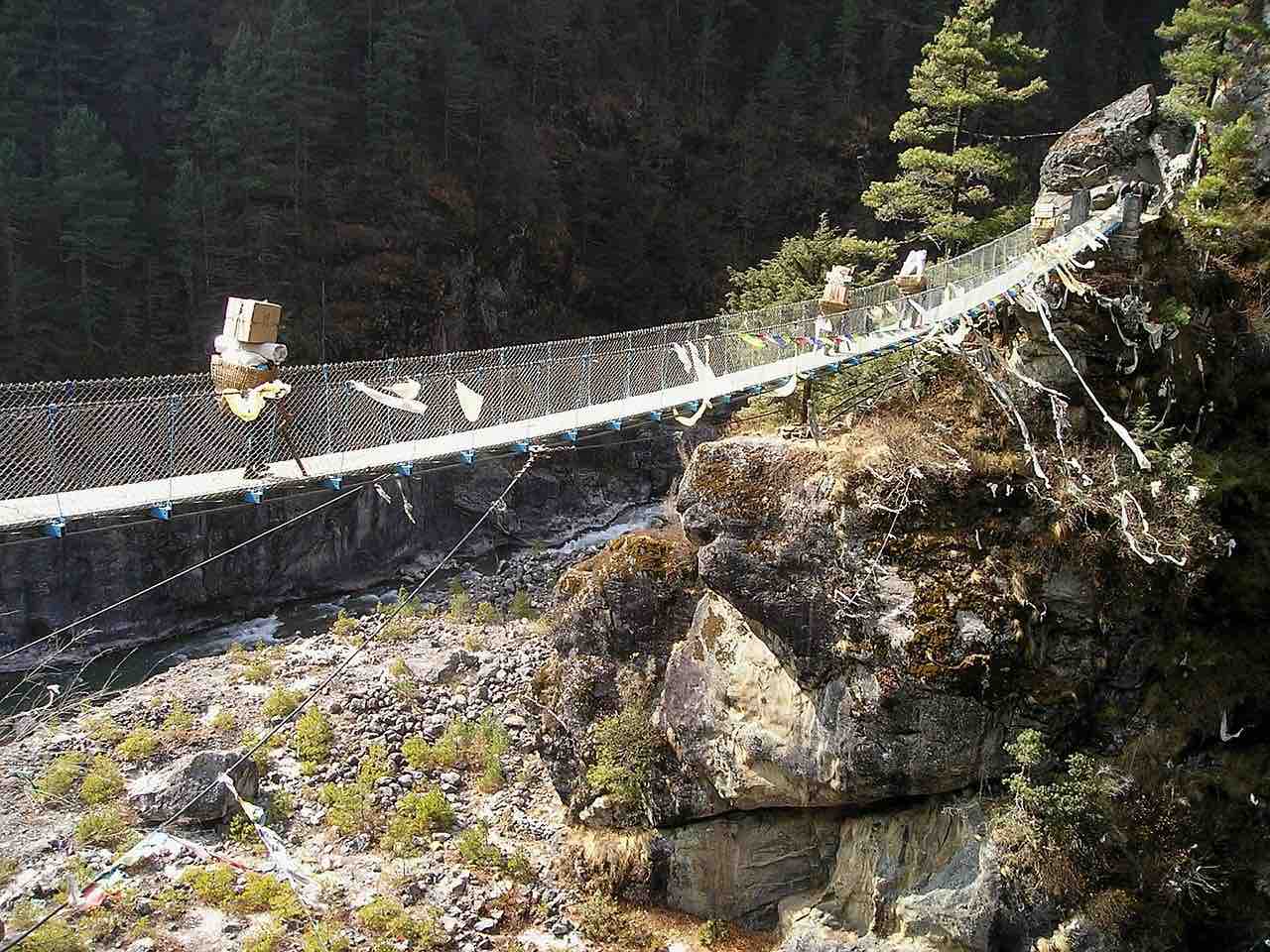These national parks bring you face to face with fossilized creatures from across history as well as displays the remains of ancient plants that date back millions of years. Wyoming’s Fossil Butte is best-known for its impressive collection of limestone-incrusted fish fossils, but also houses modern pronghorn antelope and other animals as well as monitoring potential fossil deposits to safeguard them against theft.
1. Dinosaur National Monument
Dinosaur National Monument lies along the Utah-Colorado state line and houses one of North America’s largest dinosaur fossil beds. The Quarry Exhibit Hall displays over 1,500 dinosaur bones still encased in rock from which they came. It is a perfect place to see how a real dinosaur skeleton would be like. Visitors are sure to marvel at this sight that provides them with an up-close look at these ancient creatures as well as providing evidence for an ancient Flood consistent with biblical creationism worldviews.
Hiking, river rafting and camping are popular activities at Fremont State Park. Visitors can view remnants of earlier human culture through petroglyphs and pictographs left by Fremont people; additionally there are multiple ecosystems found here including desert habitats as well as riparian woodlands and wetlands that provide food and shelter to wildlife; Ord’s Kangaroo Rat and White-tailed Prairie Dog are common mammals found here while visitors may also spot Mule Deer Coyotes or Mountain Lions! In addition, there are numerous geological formations throughout that make spectacular sights!
2. Big Bend National Park
Big Bend National Park boasts mountain vistas, the Chihuahuan desert and Rio Grande as its focal points. This border park preserves an exceptionally detailed fossil record dating back 130 million years, including dinosaurs, pterodactyls, crocodiles, turtles, mammals and plants.
Congress established Big Bend National Park in 1944 to safeguard its breathtaking canyons, abundant biodiversity of biological species, and extraordinary geologic forces. The Ross Maxwell Scenic Drive connects visitors with Sam Nail Ranch ruins; Santa Elena Canyon; Boquillas Canyons; Langford Hot Springs with their pictographs – among many other destinations.
Big Bend offers adventure to hikers, backpackers, climbers, mountain bikers and cross-country skiers of all kinds; as well as RVers, birders, naturalists, photographers and historians. Visitors can learn about its long and storied history at historic ranches, trading posts, cavalry camps and mines; while at Fossil Discovery Exhibit you can traverse 130 million years of geologic time!
3. Craters of the Moon National Monument
Craters of the Moon National Monument is an Idaho destination that will transport you into another dimension with its exotic landscape of volcanic features and lava tubes that make this experience truly remarkable. Hiking trails, cool caves and plants that thrive under extreme conditions all add up to make up this extraordinary geological marvel.
Craters of the Moon was mostly unknown to explorers, pioneers, and ranchers until 1924 when Robert Limbert of Idaho began exploring its parched lava fields with great fanfare. Through these journeys he brought this area to public notice, leading ultimately to its creation as a national park in 1924.
Most visitors to the park come to explore its volcanoes and lava formations on one of its numerous hiking trails, most popularly Tree Molds Trail (two miles round-trip), which allows hikers to see impressions of trees in lava; North Crater Trail (3.5 miles round trip) that leads to the lip of crater; also native pika and yellow-bellied marmots can be found as well as various kinds of desert-adapted wildlife such as desert flora and fauna that only can be found here – such as its native pika and yellow-bellied marmots (both native species) can also be found only here in this desert-like environment!
4. Petrified Forest National Park
Petrified Forest National Park offers visitors an unforgettable combination of natural splendor and historical interest, recreation, education and conservation. Visitors discover its distinctive culture while discovering geological treasures buried deep underground.
Though its climate today may be dry, this national park was once an abundance of lush swampland filled with giant reptiles and dinosaurs. Since ancient riverbeds now reshape this desert landscape by depositing layers of swirled mudstones as flood deposits; erosion reveals an array of colors in silica-rich sediment.
Explore the park’s highlights on a scenic drive or hike, making sure to plan ahead, pack out all trash, minimize campfire impacts and follow Leave No Trace principles. Keep an eye out for coyotes and bobcats – two predators which help balance ecosystems while showing how life adapts in such harsh terrain.







